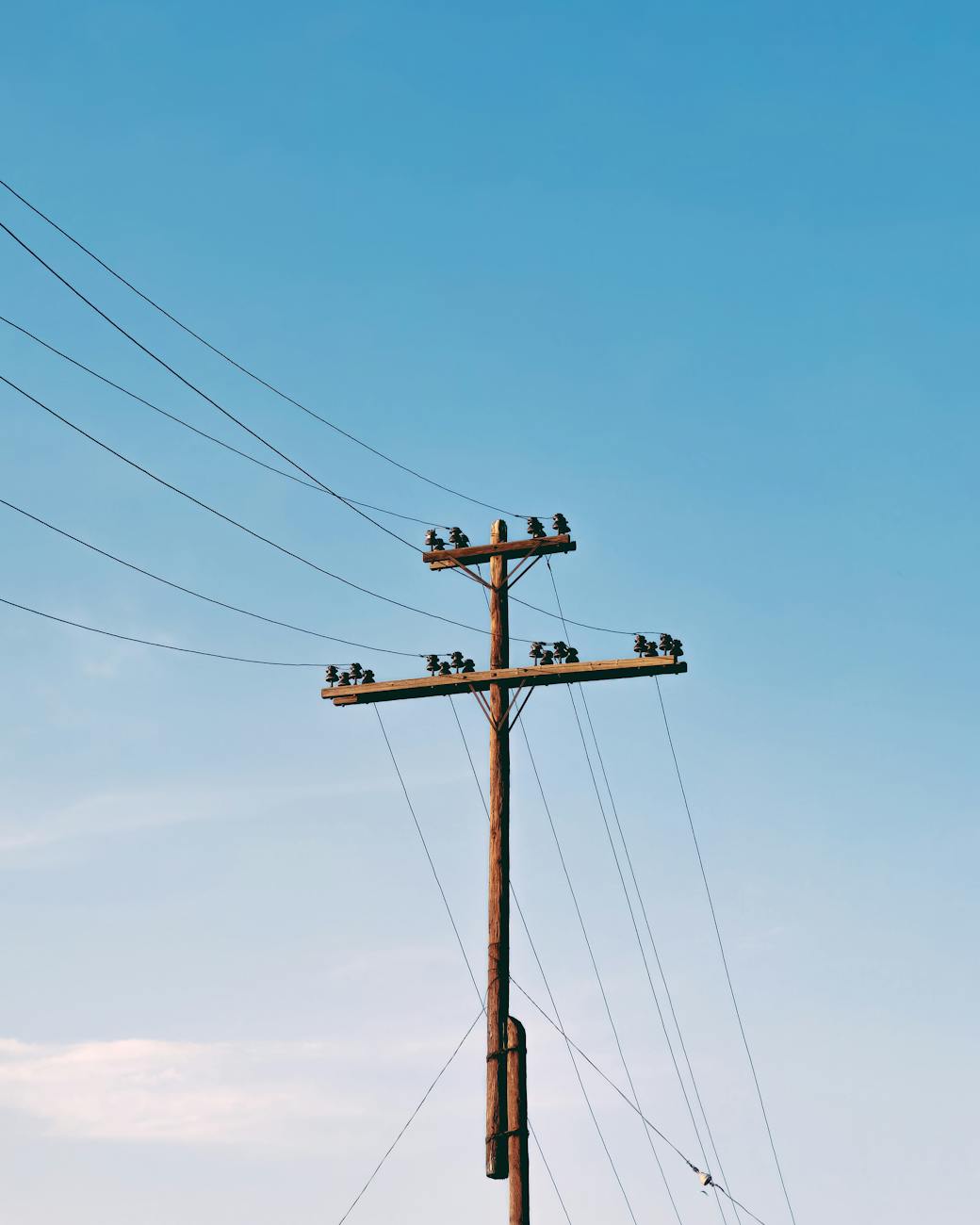Power distribution utilities in India are entities responsible for delivering electricity from the transmission network to end consumers, encompassing residential, commercial, and industrial sectors. These utilities manage the infrastructure—such as substations, transformers, and distribution lines—required to ensure reliable power supply. They also handle billing, customer service, and maintenance operations.
Current State of the Industry
- Installed Capacity: As of January 2025, India’s total installed power capacity stands at 466.26 GW, with coal-based power contributing 220.49 GW and renewable energy sources accounting for 172.54 GW.(Energy Central)
- Distribution Landscape: The sector comprises both state-owned and private distribution companies (DISCOMs). State-owned DISCOMs, such as Maharashtra State Electricity Distribution Company Limited (MSEDCL), serve vast regions, while private players like Tata Power and Adani Electricity are expanding their footprints.(Wikipedia, Wikipedia)
- Financial Health: As of March 2025, distribution companies in India owed more than USD 9 billion in unpaid dues, with accumulated losses totaling USD 75 billion in 2023.(IEA)
Market Size and Forecast
- Market Size: The India power transmission and distribution market generated a revenue of USD 27.77 billion in 2024 and is expected to reach USD 37.61 billion by 2030, growing at a CAGR of 5.2% from 2025 to 2030.(Grand View Research)
- Grid Market: The India power grids market size was valued at USD 10.72 billion in 2024 and is projected to reach USD 18.52 billion by 2033, exhibiting a CAGR of 5.8% during 2025–2033 .(IMARC Group)
Key Trends
- Renewable Energy Integration: There is a strong push towards integrating renewable energy sources into the grid, with a target of achieving 500 GW of non-fossil fuel-based capacity by 2030.
- Smart Grids and Digitalization: The adoption of smart grid technologies is enhancing grid reliability and operational efficiency.
- Battery Energy Storage Systems (BESS): BESS is being explored as a non-wire alternative to manage peak loads and integrate intermittent renewable energy sources.
- Private Sector Participation: Private companies are increasingly entering the distribution space, with firms like Adani Electricity and Torrent Power seeking distribution licenses in regions like the Mumbai Metropolitan Region.
Challenges
- Financial Losses: High aggregate technical and commercial (AT&C) losses and delayed tariff revisions contribute to the financial instability of DISCOMs.
- Infrastructure Deficiencies: Aging infrastructure leads to frequent outages and inefficiencies in power distribution.
- Regulatory Bottlenecks: Delays in regulatory approvals for renewable energy projects hinder timely implementation.
- Consumer Load Management: Unregulated power usage by consumers leads to overloading of distribution networks, necessitating regularization schemes.
Future Outlook
- Government Initiatives: Programs like the Ujjwal DISCOM Assurance Yojana (UDAY) aim to improve the financial health of DISCOMs by restructuring their debts.
- Technological Advancements: The implementation of advanced metering infrastructure (AMI) and automated feeder management systems is expected to enhance operational efficiency.
- Consumer-Centric Policies: The introduction of Time-of-Day (ToD) tariffs encourages consumers to shift their electricity usage to off-peak hours, balancing demand and supply.
Key Players
- Public Sector Utilities:
- UPPCL: Serves over 35 million consumers across Uttar Pradesh state through it’s 4 distribution utilities.
- MSEDCL: Serves over 30 million consumers across Maharashtra state.
- Private Sector Utilities:
- Tata Power: Engaged in generation, transmission, and distribution, with plans to expand renewable energy capacity to over 20 GW by 2030.
- Adani Electricity: Operates in Mumbai and is seeking to expand its distribution network.
Industry Bodies and Regulators
- Central Electricity Regulatory Commission (CERC): Regulates interstate transmission and tariffs.
- State Electricity Regulatory Commissions (SERCs): Oversee state-level distribution and retail tariffs.
- Ministry of Power (MoP): Formulates policies and programs for the power sector.
Industry Standards
- National Electricity Policy (NEP) 2021: Outlines strategies for the development of the electricity sector, focusing on sustainability and reliability .
- Central Electricity Authority (CEA) Standards: Provides guidelines for grid operations and safety.
Popular Industry Events
- India Smart Grid Week: Showcases advancements in smart grid technologies.
- Renewable Energy India Expo: Focuses on renewable energy innovations.
- Power & Energy Show: Exhibits the latest in power generation and distribution technologies.
Government Policies and Regulations
- Electricity (Rights of Consumers) Amendment Rules 2023: Introduced ToD tariffs to promote efficient electricity usage .
- Transmission Charge Waiver for Energy Storage Projects: Extended until June 2028 to encourage the development of energy storage systems .
- UDAY Scheme: Aims to improve the financial health of DISCOMs through debt restructuring.



